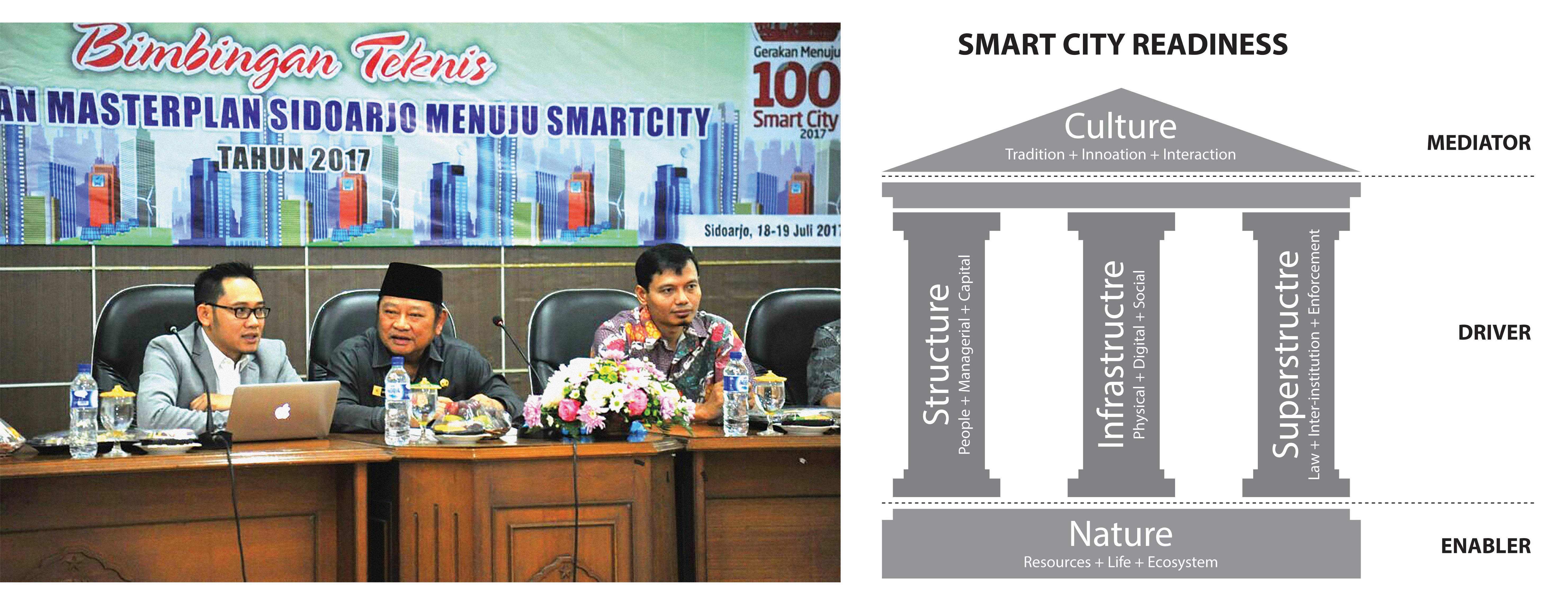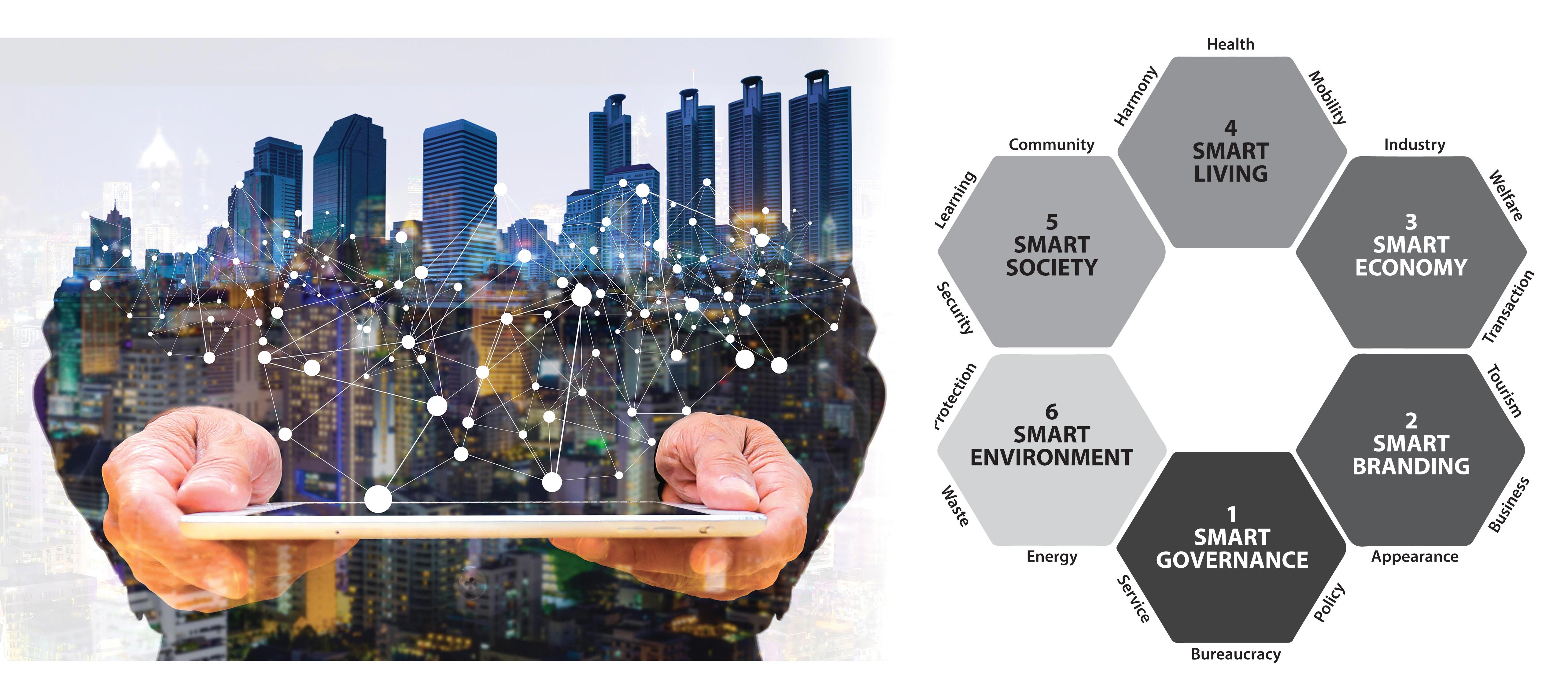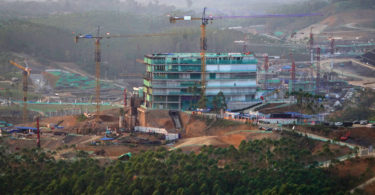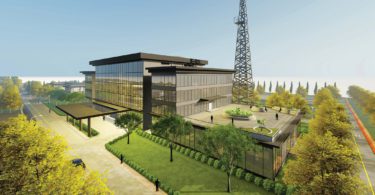The world has dramatically changed. The competition among nations is no longer about military power or ideology but competitiveness in various aspects, namely economy, social and environment. The world’s eyes have gleamed with the development progress in China over the past three decades, with its sophistication, advancement and sustainability in multiple areas, such as city development, transportation, retail and digital, among others.
Furthermore, regions or cities are becoming more dominant in determining place attractiveness to both local and international stakeholders, whether individuals, organisations or businesses. The cities of Jakarta, Bandung, Surabaya, Semarang, Denpasar, Makassar, to name a few, are directly competing with the cities of Singapore, Kuala Lumpur, Johor Bahru, Osaka, Seoul, Tokyo, Mumbai and many others, to be the first choice in the global community for trade, investment and tourism.
There will also be strong forces of cultural change due to urbanisation around the world. A 2014 United Nations’ study on world urbanisation trends showed that for the first time in the history of humankind, more than half the human population (54 per cent) live in urban areas. In comparison, the world’s urban population in 1950 was only 30 per cent. It is estimated that by 2050, the urban population will reach 66 per cent of the world’s population.
While in Indonesia, the urban population has reached 53.3 per cent in 2015 (according to the Central Bureau of Statistics Republic of Indonesia). According to a Citiasia Center for Smart Nation (CCSN) study, this figure will reach 68 per cent by 2035. The growing urban population will create serious urban problems and complications if it is not well managed and anticipated.
Apart from the urbanisation trends, the digital revolution has drastically changed people’s way of life and the future of human civilisation. As described by futurist Gerd Leonhard, the digitalisation movement has brought changes that are not only exponential, but also combinatorial. It will bring people to an era where changes in human civilisation for the next 20 years will outweigh the changes that have occurred since 300 ago. The dramatic digital technology development, equipped with the internet of things (IoT), scalable sensors, artificial intelligence, big data analytics, affordable high-tech mobile technology and IoT robots, will increase people’s demand of radical improvements in human life quality.
All of these trends have brought us to the new concept of nation development from national centric to local centric, from conventional approach to smart city approach. Smart city is a concept of city development that creates a liveable, creative and sustainable environment for the population and all stakeholders.
In 2015, Price Waterhouse Coopers released a report on the technology readiness of Southeast Asian countries to implement smart cities. The countries in order of technological readiness are Singapore, Malaysia, Brunei, Thailand, Vietnam, Philippines, Indonesia, Cambodia, Laos and Myanmar. The study conducted by CCSN in 2015-2016 has also shown that Indonesia’s Smart City Readiness score was only around 30 to 60 per cent across all regions.
DEVELOPING SMART CITIES
In response, Indonesia’s Ministry of Communication and Information Technology, in cooperation with the Ministry of Home Affairs, Ministry of Administrative and Bureaucratic Reform, Ministry of National Development Planning (BAPPENAS), Ministry of Public Works and Public Housing, and the Presidential Staff Office, has initiated a smart city programme, called 100 Smart City Movement by 2019.
This programme will target 100 cities and regencies to implement a smart city development model as a role model for other cities and regencies throughout Indonesia. This year, 25 cities and regencies have been selected to be guided and supervised by Indonesia’s smart city experts to develop a smart city masterplan and a quick wins programme implementation.
Prior to implementing smart city development, every city should analyse and evaluate their smart city readiness based on these five elements—nature (resources, life, ecosystem); structure (people, managerial, capital); infrastructure (physical, digital, social); superstructure (law, inter-institutional, enforcement); and culture (tradition, innovation, interaction). The results of this evaluation should be used as a basis of the initial development of a smart city.
Becoming a smart city, or a smart regency, is the ultimate goal of every region in Indonesia. However, smart cities are not only about information and communication technology (ICT) or Green or smart governments. It is about accelerating all elements of city development—smart governance, smart branding, smart economy, smart living, smart society and smart environment. Every city will have different element priorities, depending on the challenges and potential they have.
How do smart cities impact the property sector? The use of the smart city model to create a smart city ecosystem for liveable cities is strongly demanded by property customers, especially among the millennial and Z-generations. The ability of the property industry in adopting this smart city concept will be critical.
Smart living includes creating a harmonious ecosystem among residential, commercial and recreational areas; providing a healthy life ecosystem, which includes healthy food, healthcare facilities and sport facilities; and being supported by easy, affordable and convenient mobility or transportation solutions, whether private, public or logistical.
Realising smart living requires comprehensive development planning. In some countries, smart living initiatives are built through the establishment of an integrated smart city area. South Korea has the Songdo International Business District, dubbed ‘City of the Future’, which has been attracting families and young couples away from Seoul. Songdo is a coastal reclaimed town in Icheon, 65 kilometres from Seoul with an area of 600 hectares. This city is connected to Icheon International Airport, as part of South Korea’s free trade area, along with Yeongjong and Cheongna.
Other good examples of smart living cities are Amsterdam, Netherlands; Barcelona, Spain; and Milton Keynes, United Kingdom. Some cities that are considered the most liveable by the Economist magazine in 2015 were Melbourne, Australia; Vienna, Austria; Vancouver, Canada; Toronto, Canada; and Adelaide, Australia.
The implementation of smart city development should also touch on the aspect of branding to improve competitiveness at the local, national and international levels, especially for investment, trade and tourism. Every city in Indonesia must continuously improve its branding activities, designs and competitive city characteristics to be promoted globally.
FORCES OF CHANGE
An ideal smart city is difficult to be realised without the participation of multi stakeholders—government, education, consultants, IT providers, developers, business actors, and other relevant stakeholders.
There are challenges in smart city development in Indonesia—leadership and political will of regional leaders; ability and creativity in exploiting the potential of the region; human resources capabilities; infrastructure development; supporting policies and institutions; community readiness; and cooperation between the government and other stakeholders—but these are manageable.
Building a smart city requires creativity. The limited budget of local governments is often the main obstacle for implementing smart city development. Therefore, every region must creatively find other sources of funds to finance smart city development. Instead of relying on government funding, there are alternatives, such as issuance of municipal bonds, private purpose bonds, public–private partnership, foreign direct investment, corporate social responsibility funds, grants from international organisations or non-governmental organisations, and development loans from financial institutions.
Smart city development is a trend that should be adopted in response to the forces of change. Some local governments are already starting by preparing smart city development masterplans and facilitating the participation of various stakeholders. The industry players, including those in the property sectors, should capture this opportunity in their development planning. Some urban areas development projects, such as Meikarta, Bandung Technopolis, Tangerang Aeropolis, Jababeka, etc., could utilise this opportunity by creating unique concepts that are aligned to the smart city trend. The participation of multi stakeholders is key to the success of realising the vision for Indonesia Smart Nation.
Farid Subkhan
Founder & CEO Citiasia Inc
Farid has more than 15 years of experience as a consultant in marketing, branding, digital, ICT, and smart cities. He is currently a smart city expert and consultant for the 100 Smart City Movement and founder and principal analyst of Citiasia Center for Smart Nation (CCSN), a strategic business unit of Citiasia Inc. He holds master’s degrees in management of development from University of Turin, Italy, and in economics, planning and public policy, from the University of Indonesia.
Farid was a speaker at the Indonesia International Smart City Forum (IISMEX 2017), Smart City Indonesia Conference & Expo (SCIEX 2017), National Building & Technology Conference 2017, and many more. He also lectures at the Faculty of Economics and Business and the Faculty of Information and Technology at Perbanas Institute, Jakarta. He co-authored a book with Cahyana Ahmadjayadi, titled “New Indonesia: From Smart City to Smart Nation, Rising or Crashed”, prefaced by B. J. Habibie. This book provides comprehensive analysis, trend, concepts and guidelines on the development of smart cities.

 Malaysia
Malaysia Hong Kong
Hong Kong Singapore
Singapore Tiếng Việt
Tiếng Việt ประเทศไทย
ประเทศไทย











